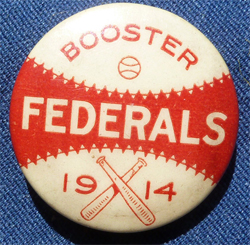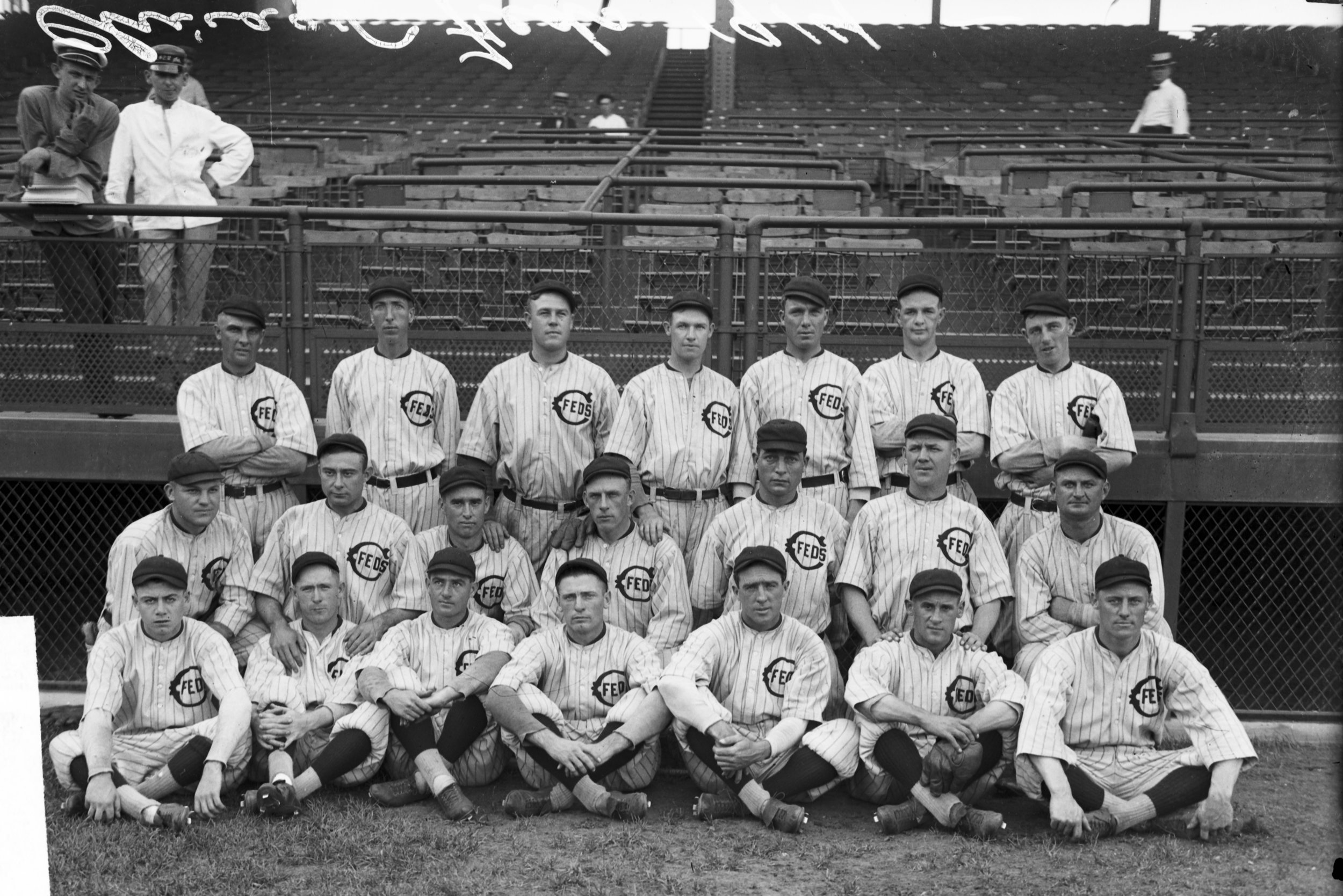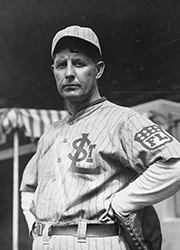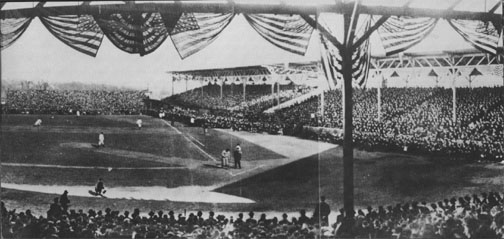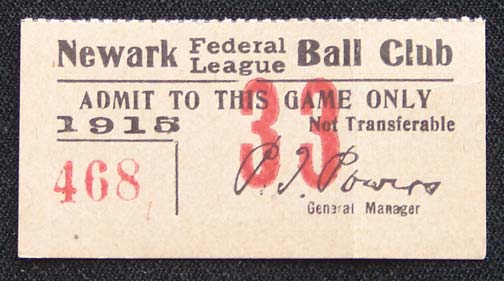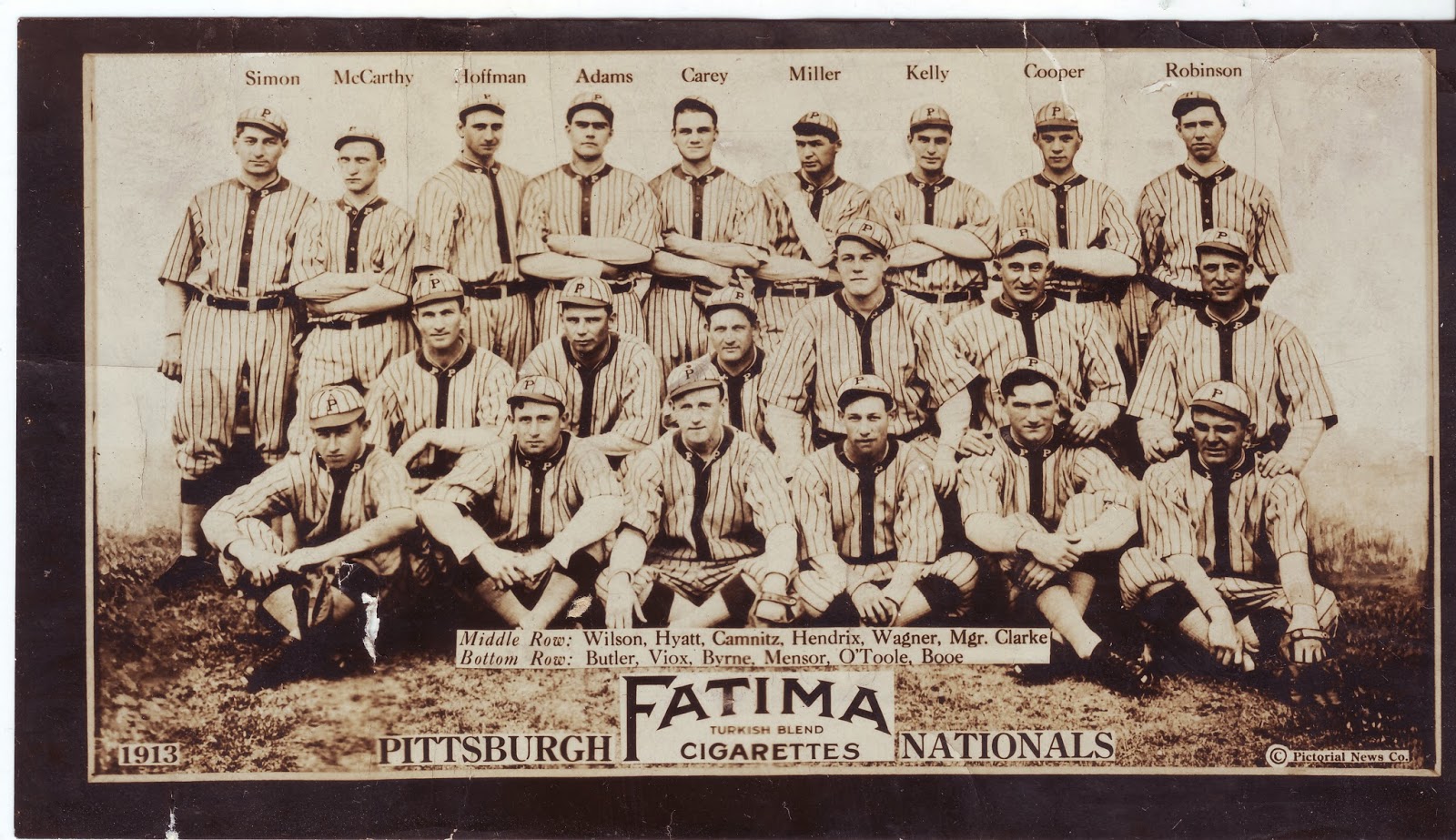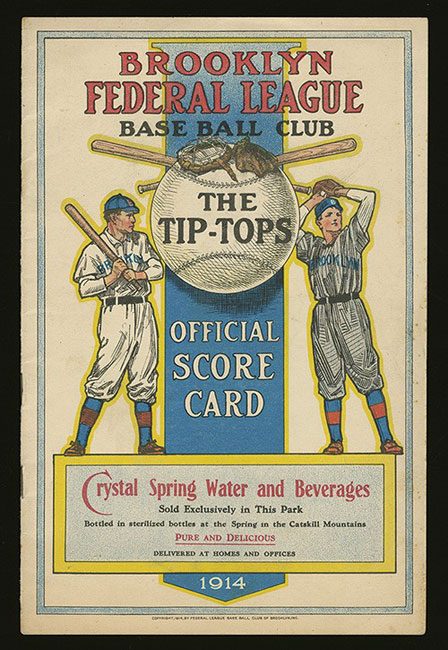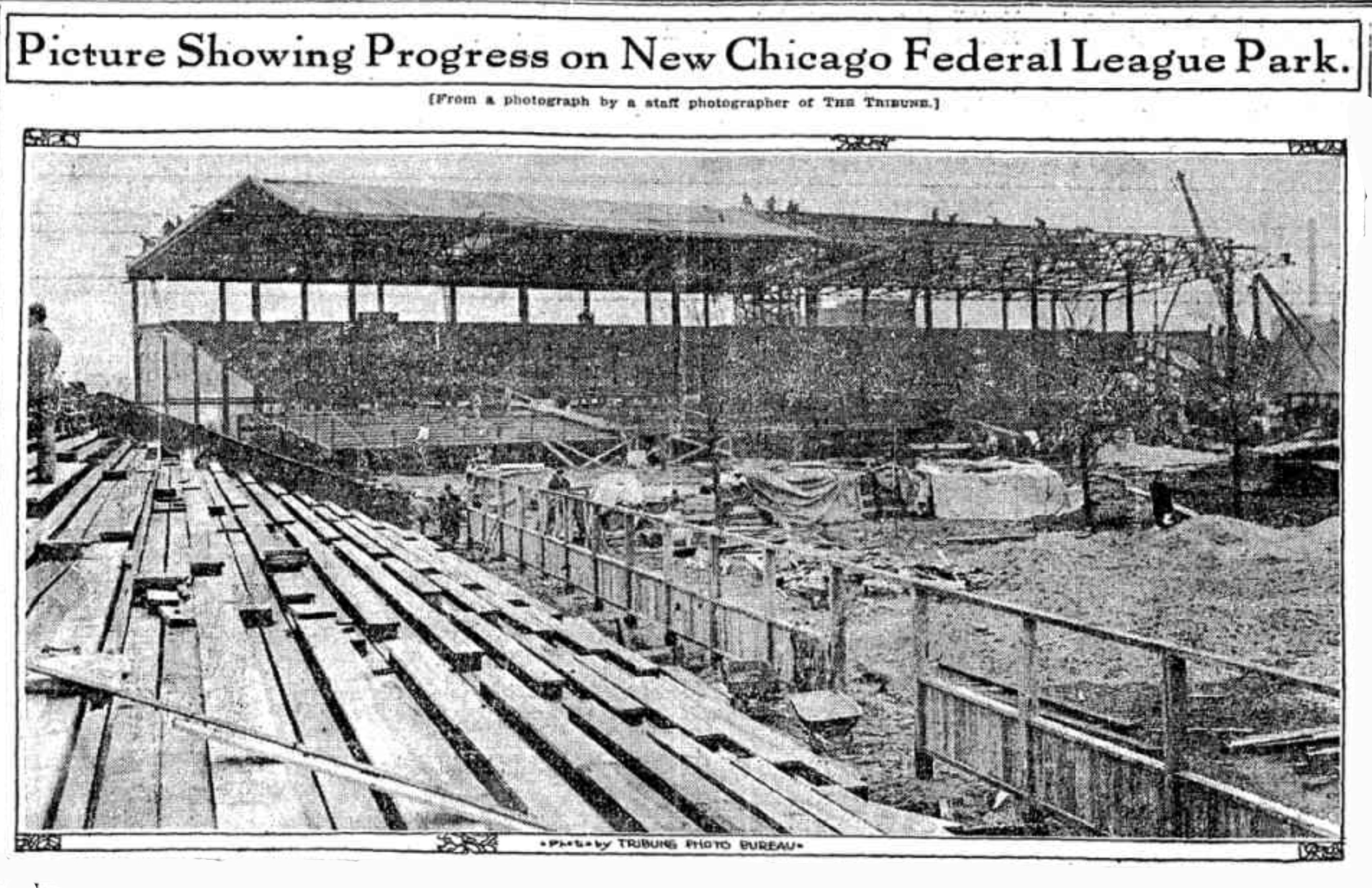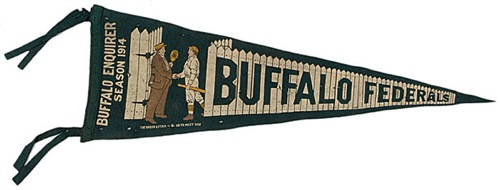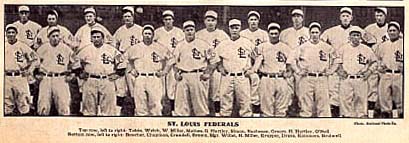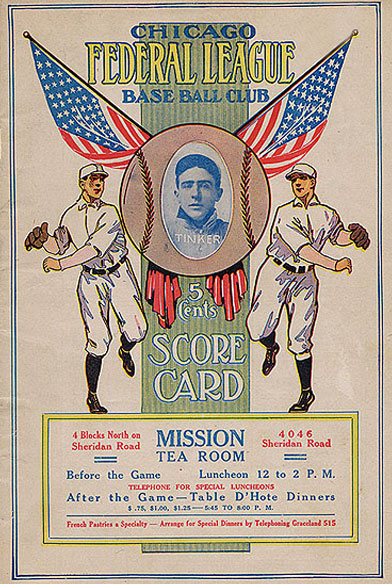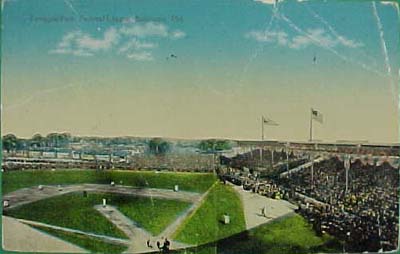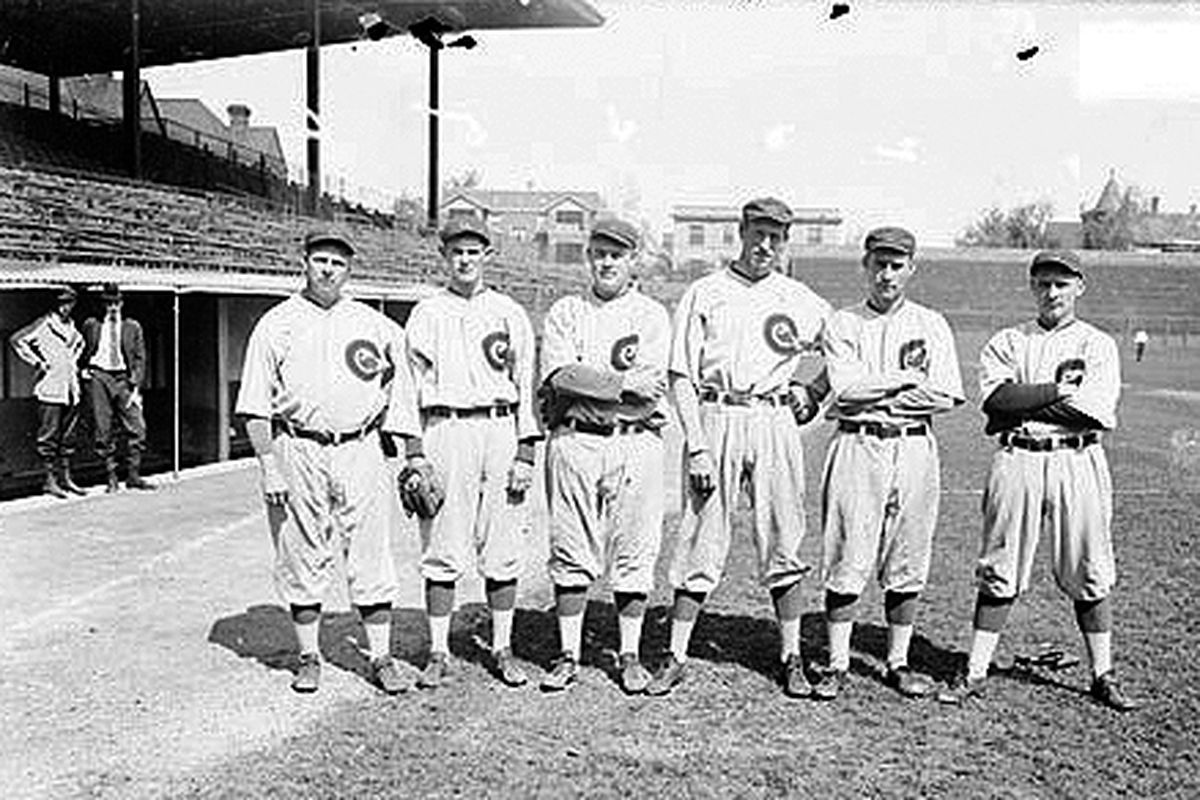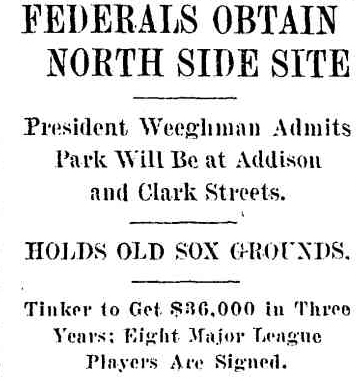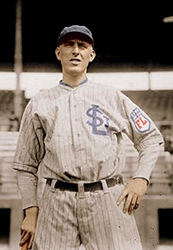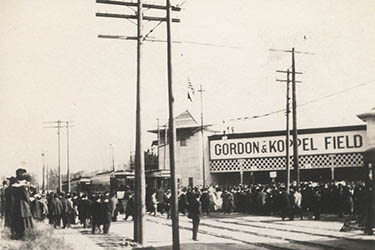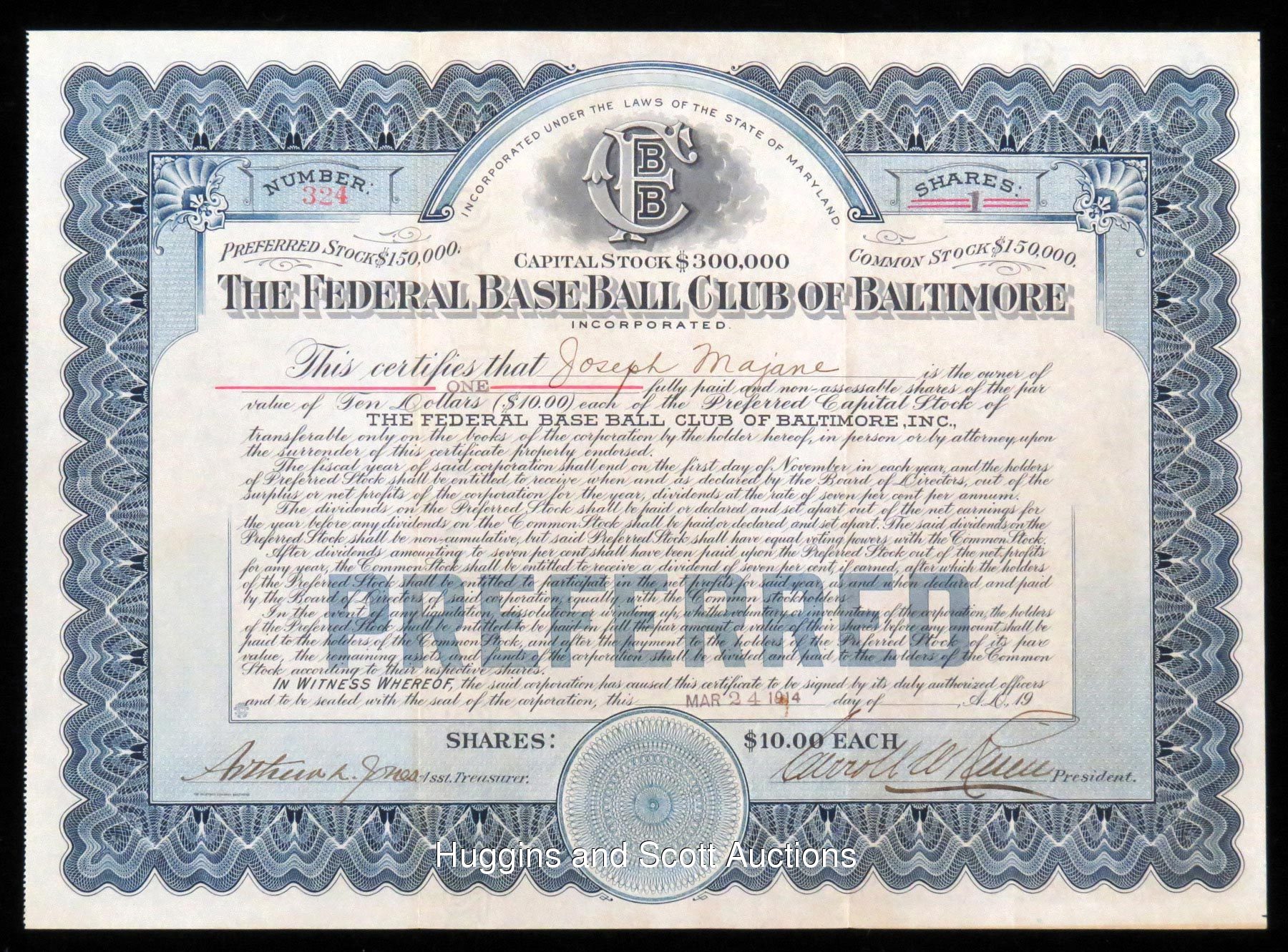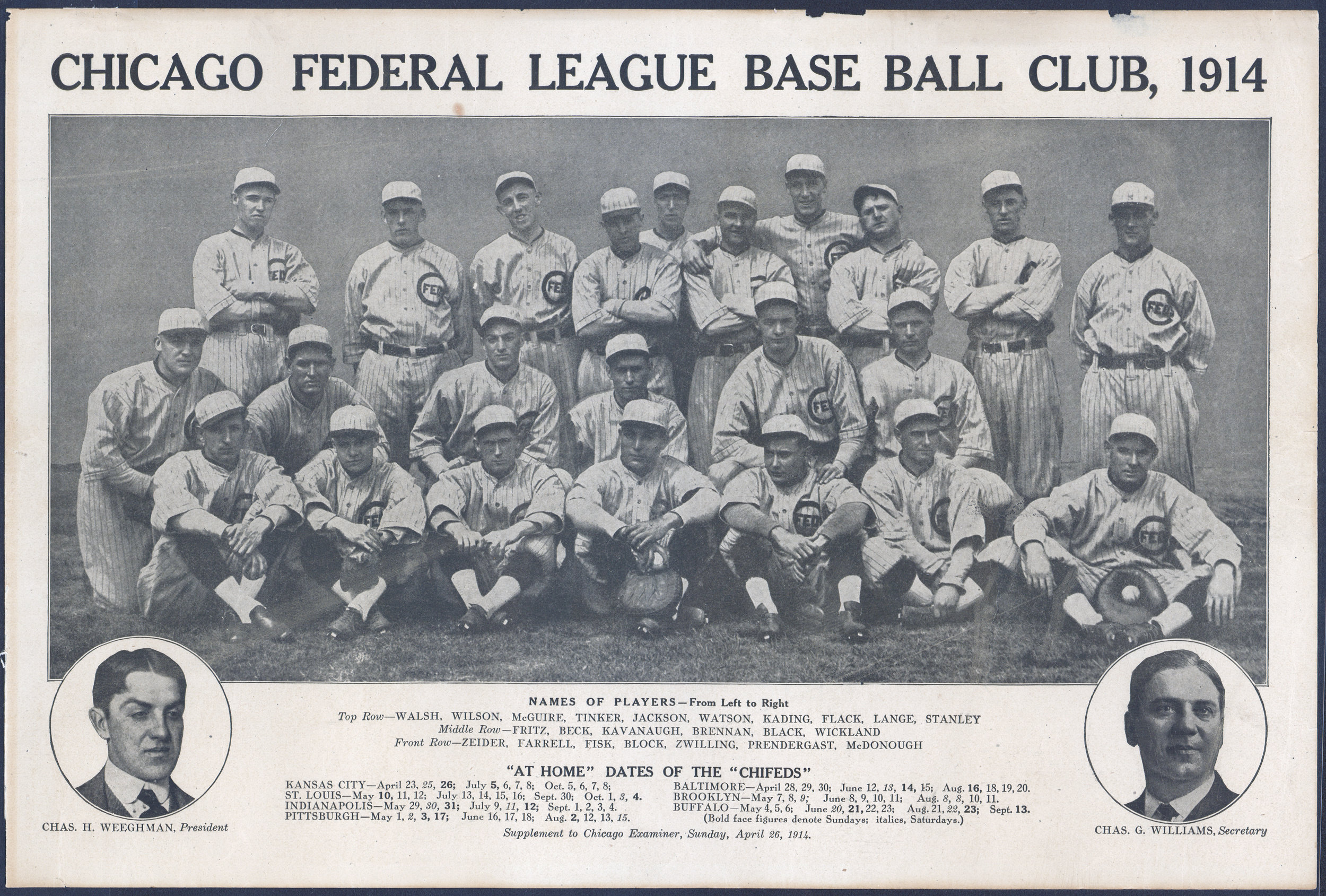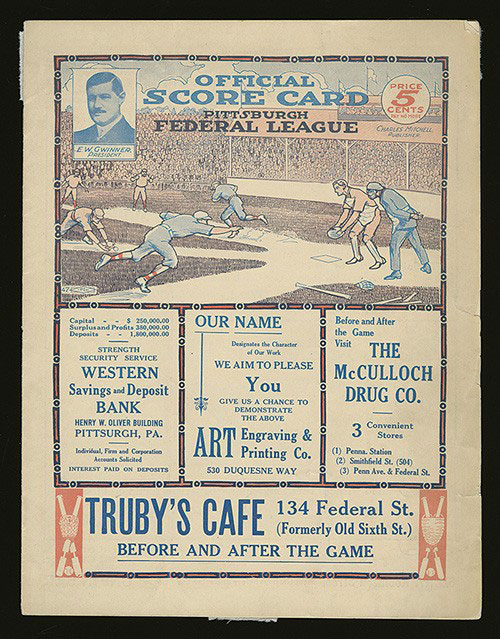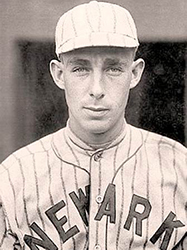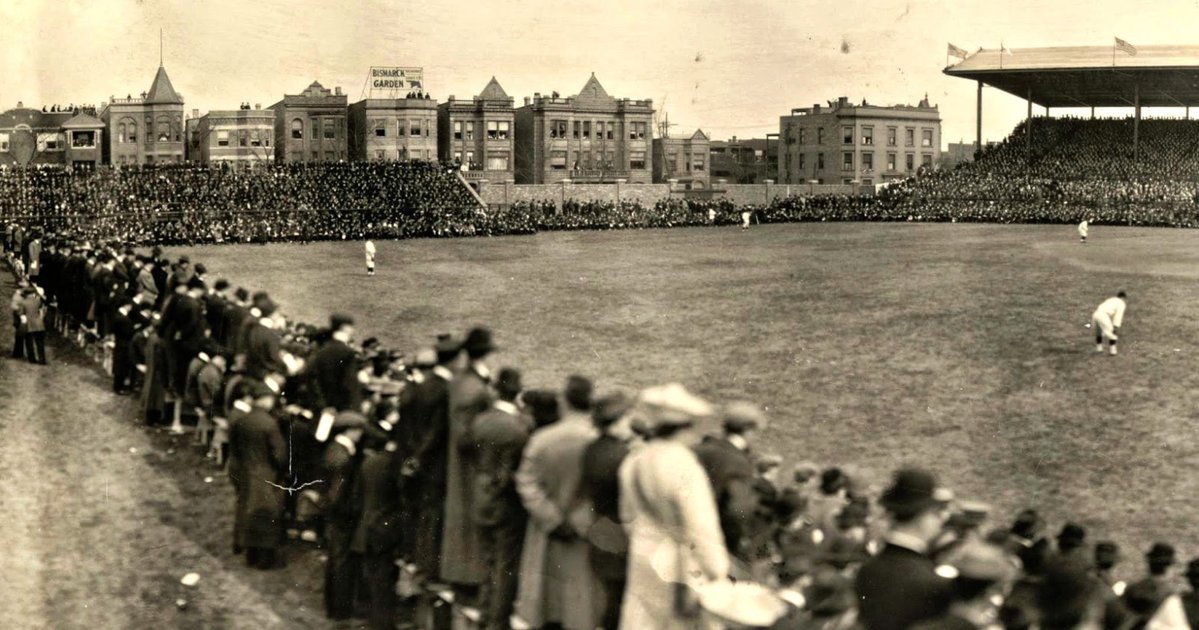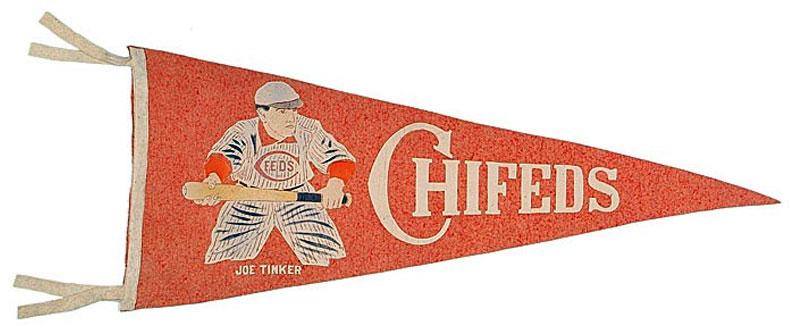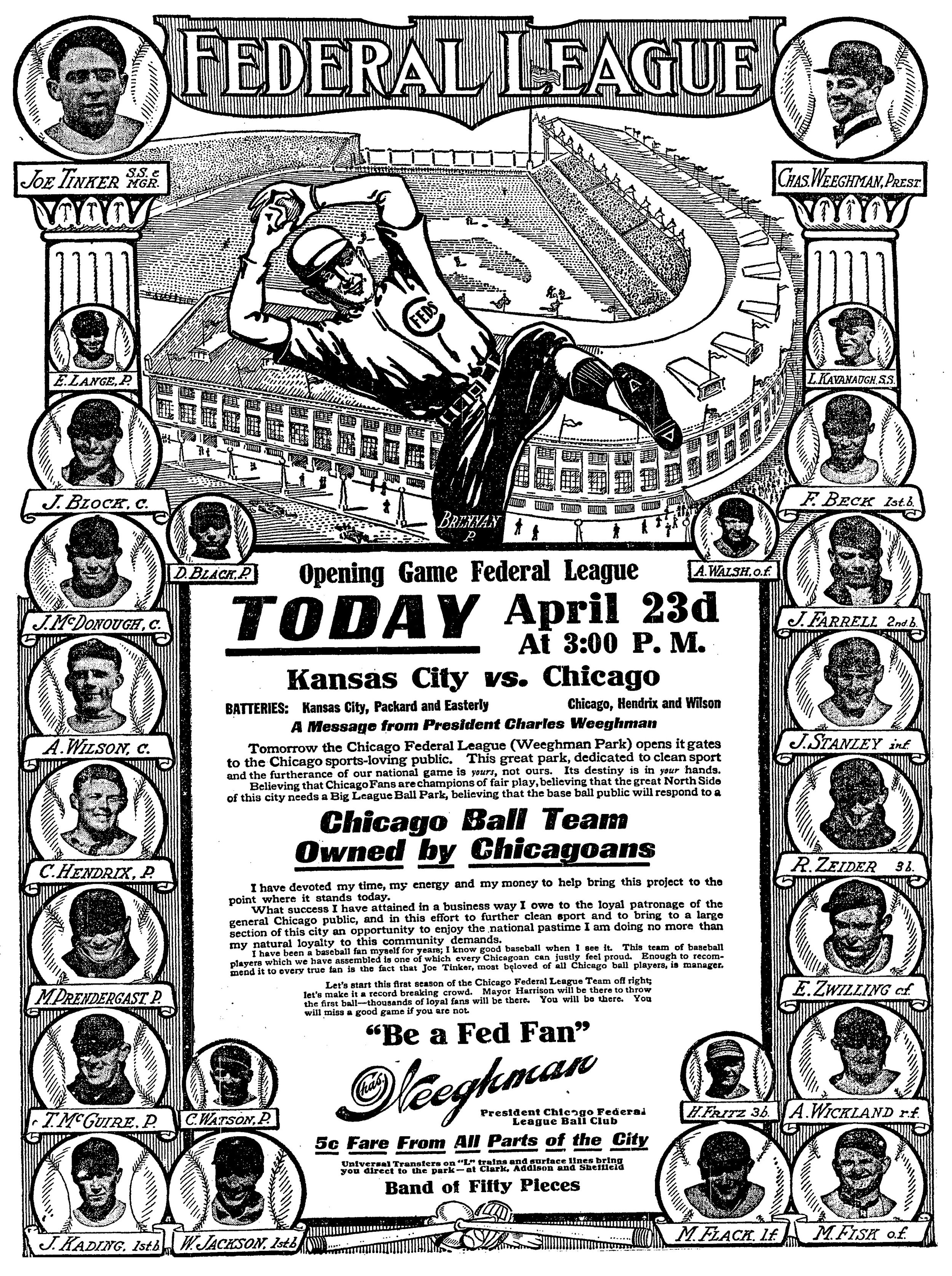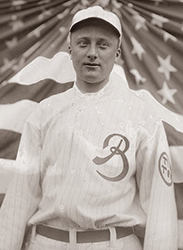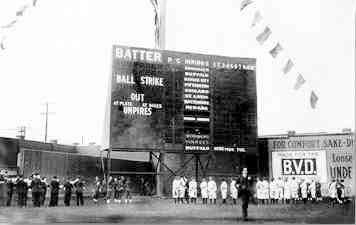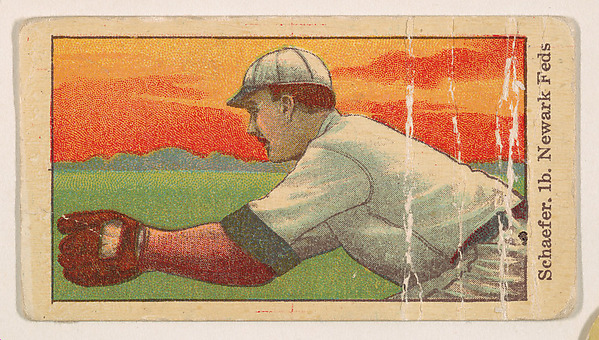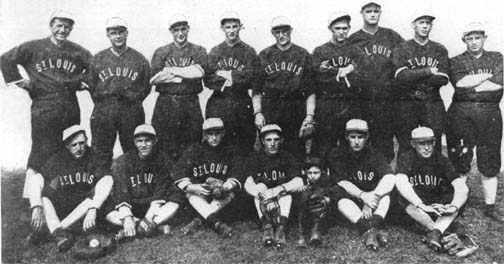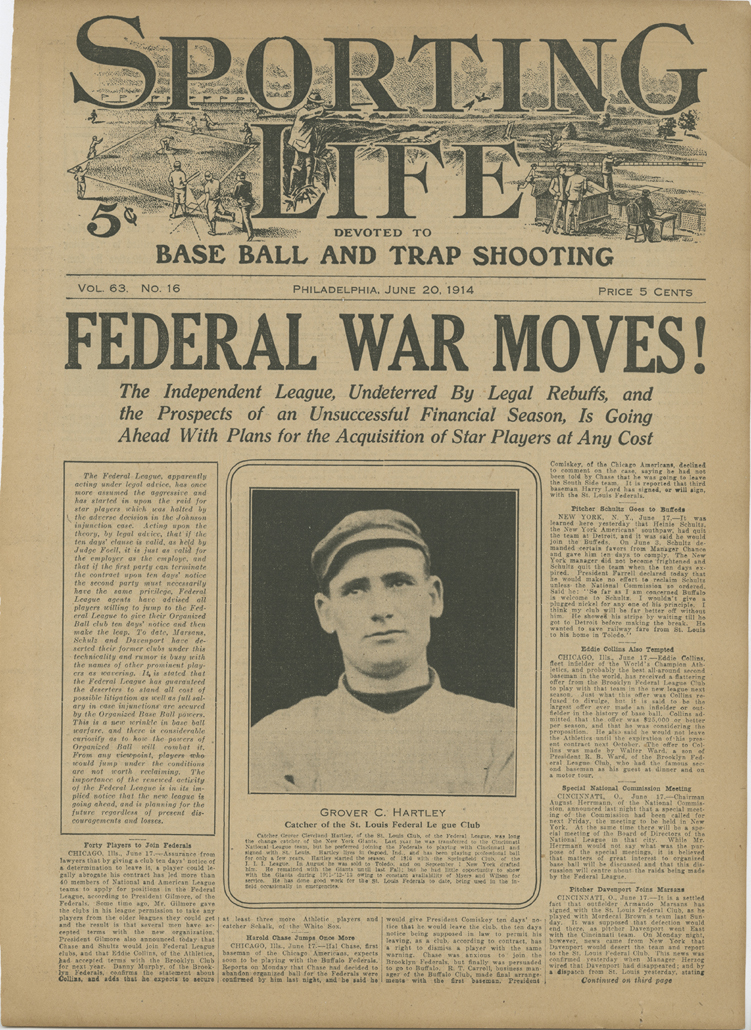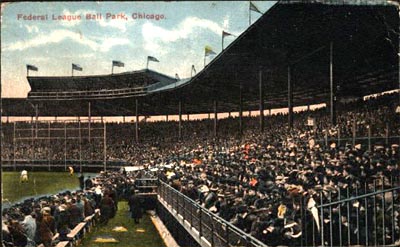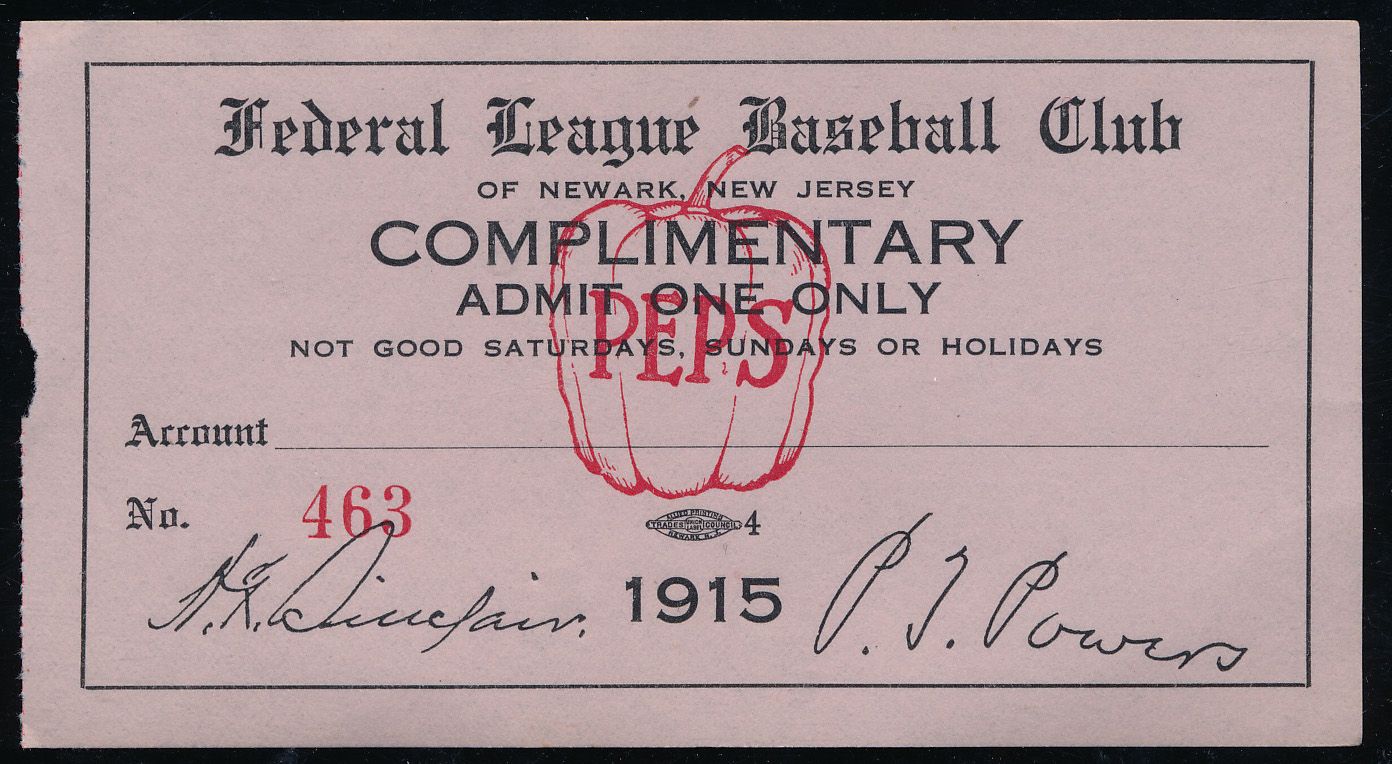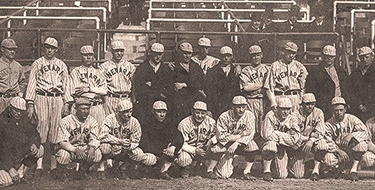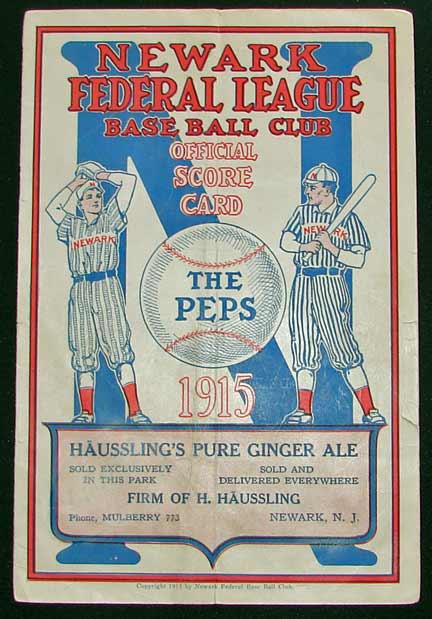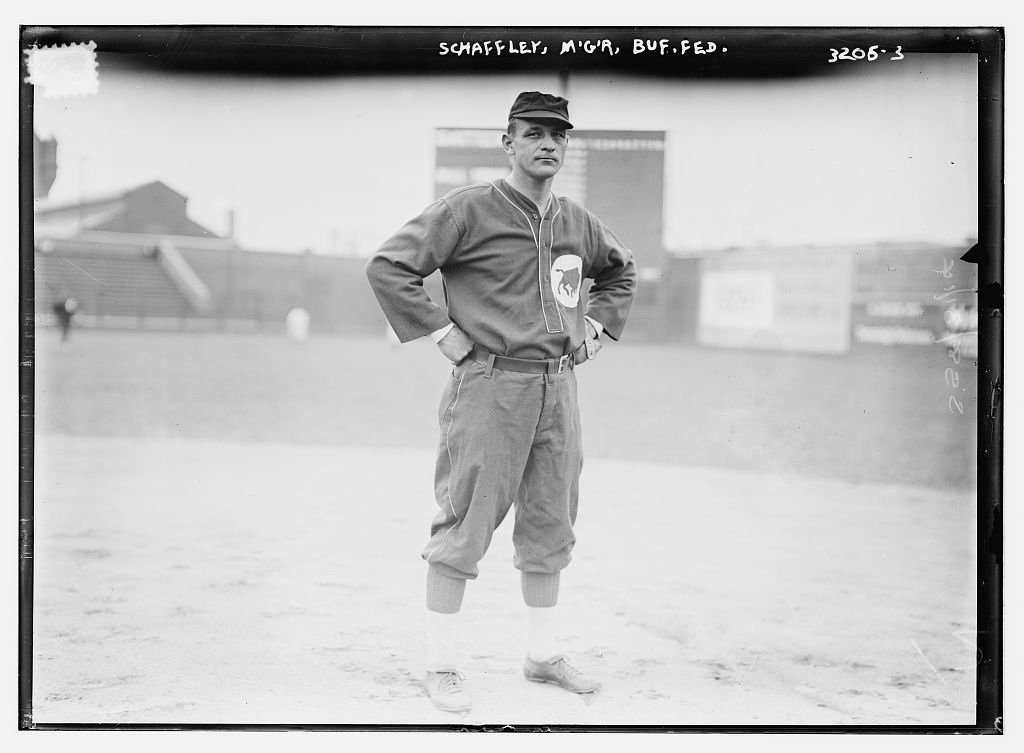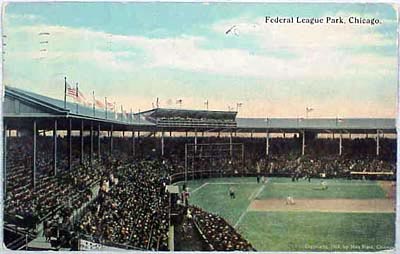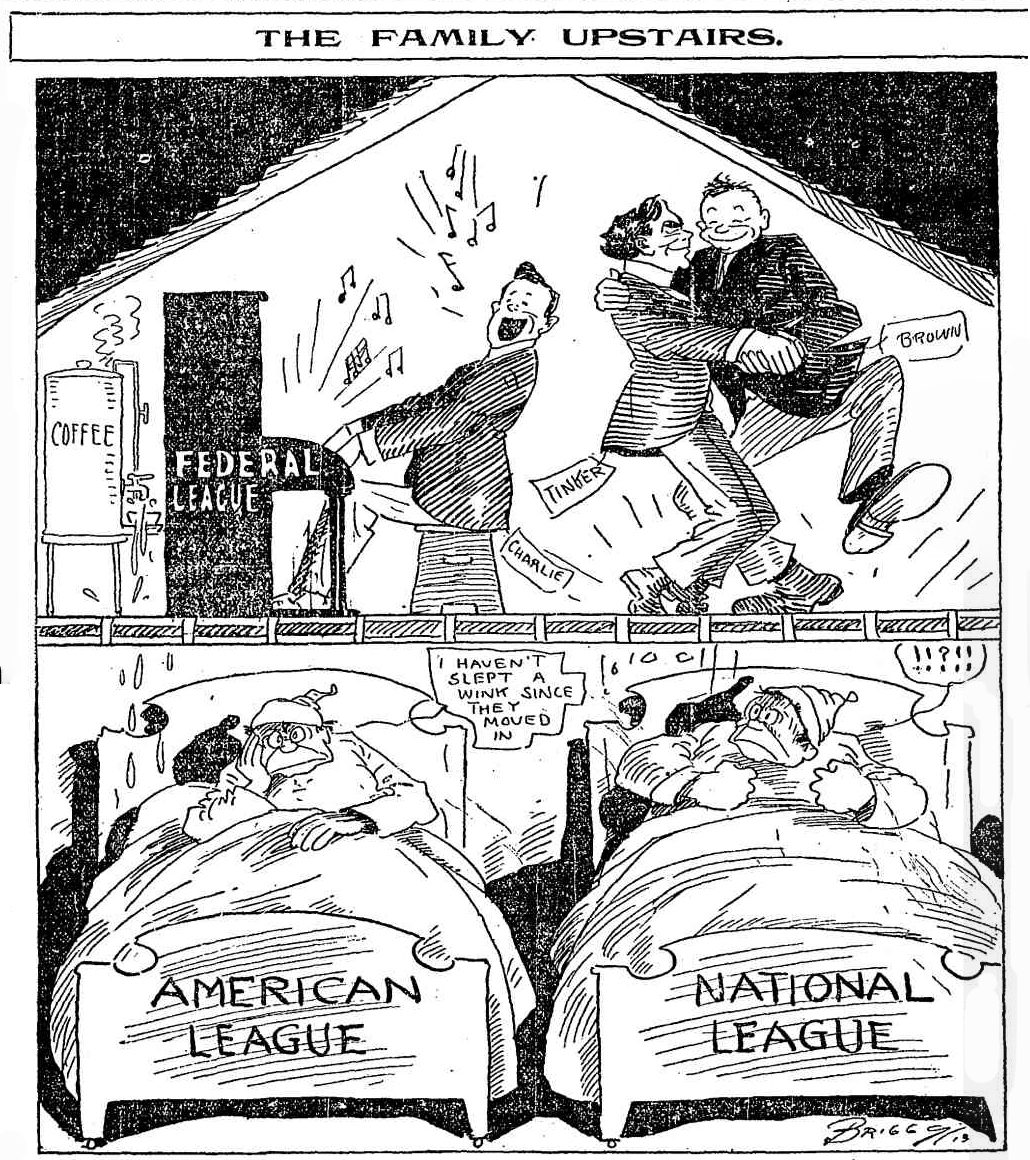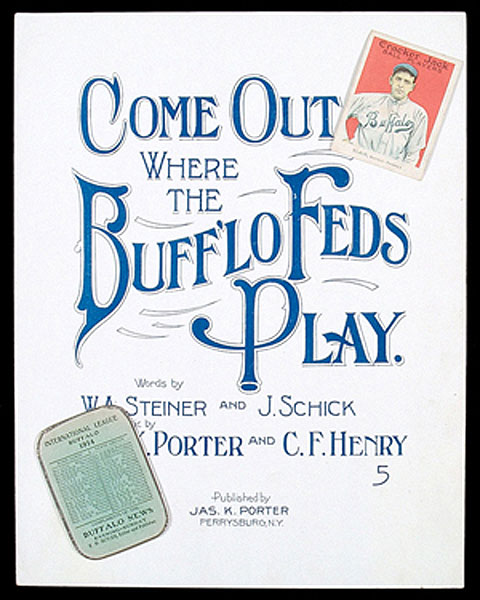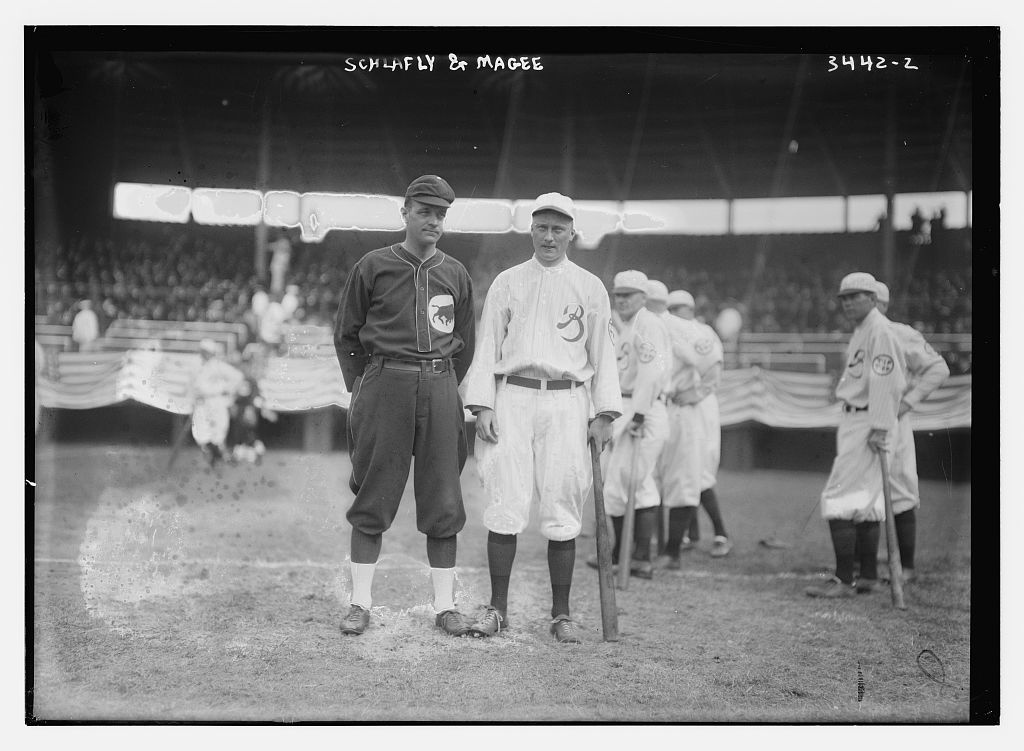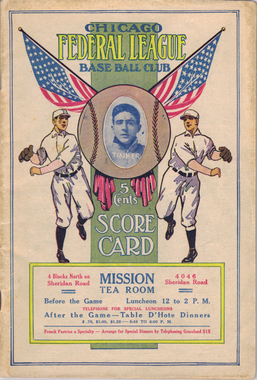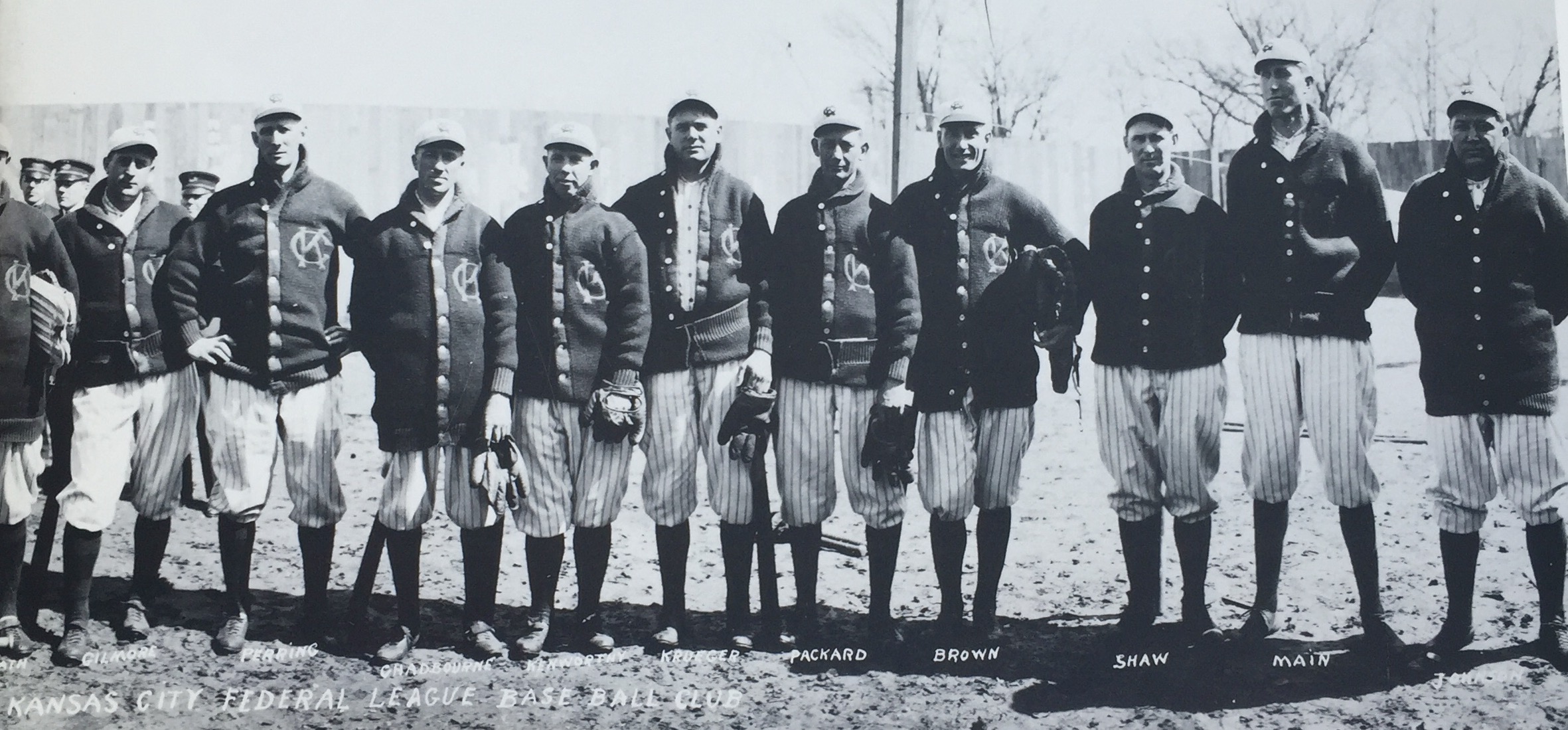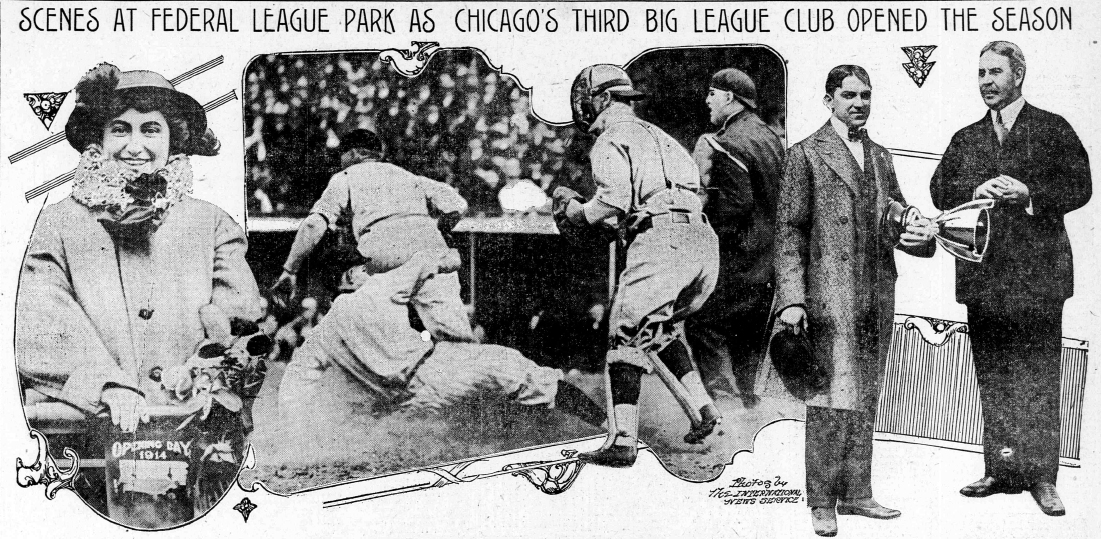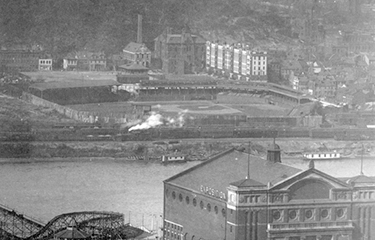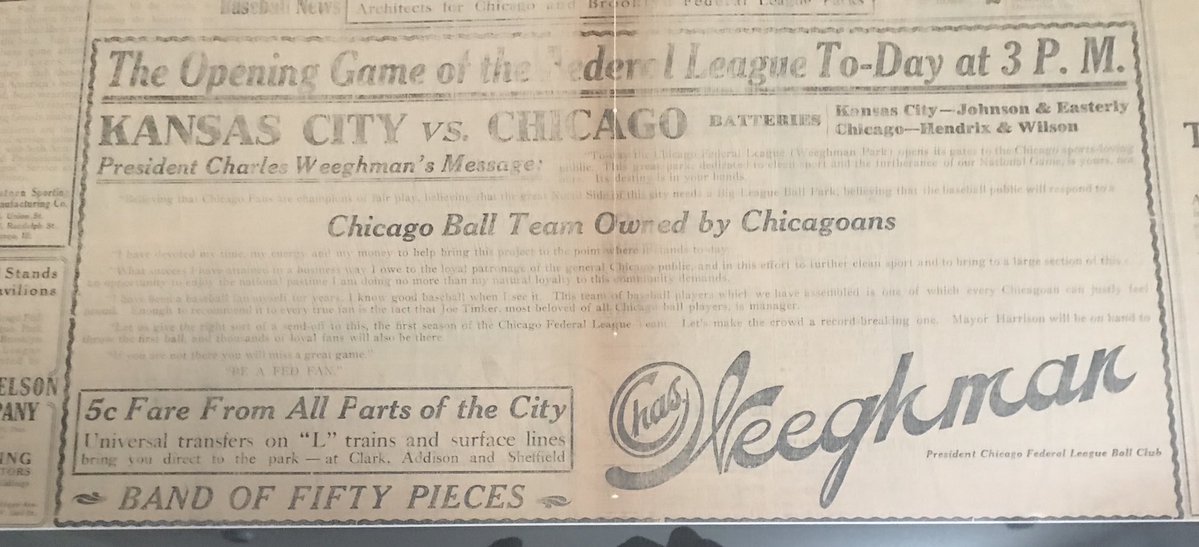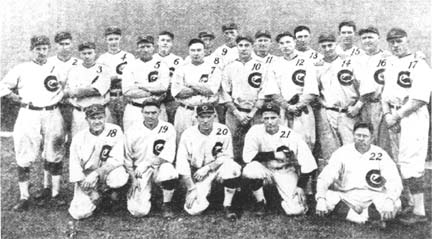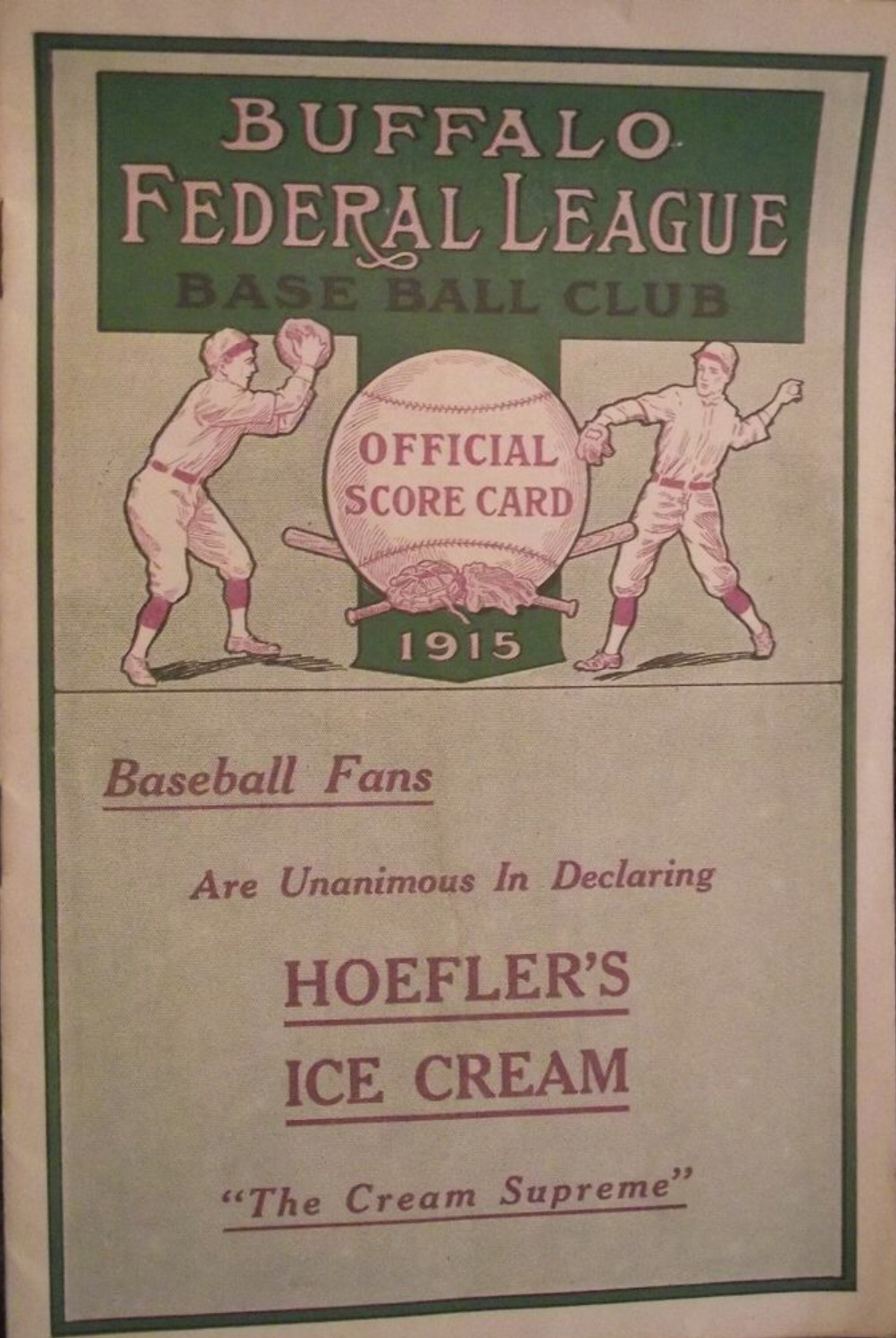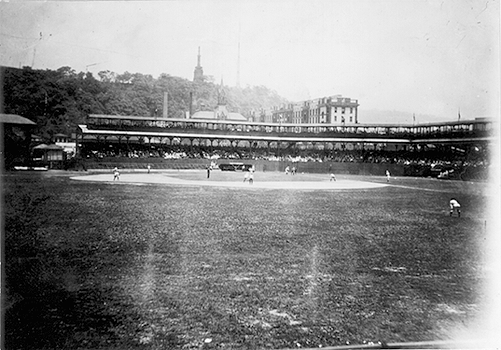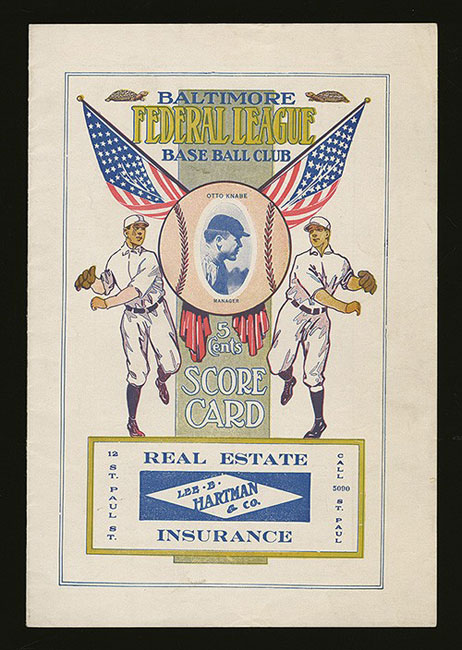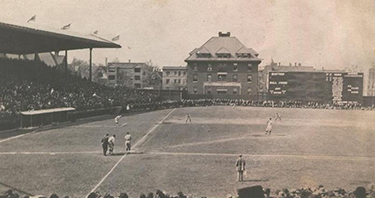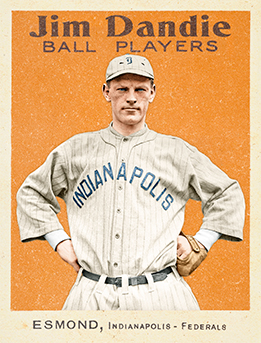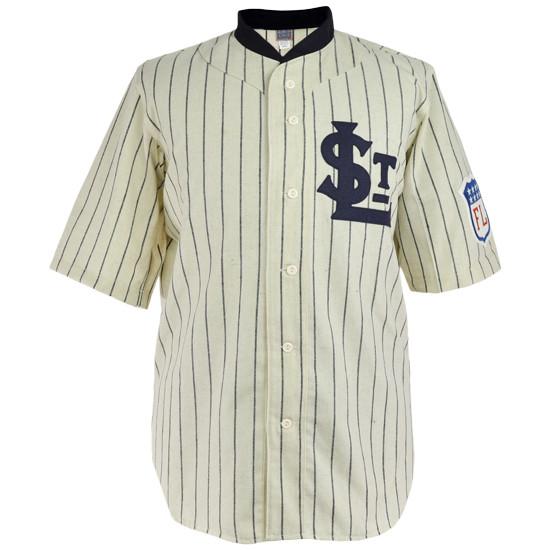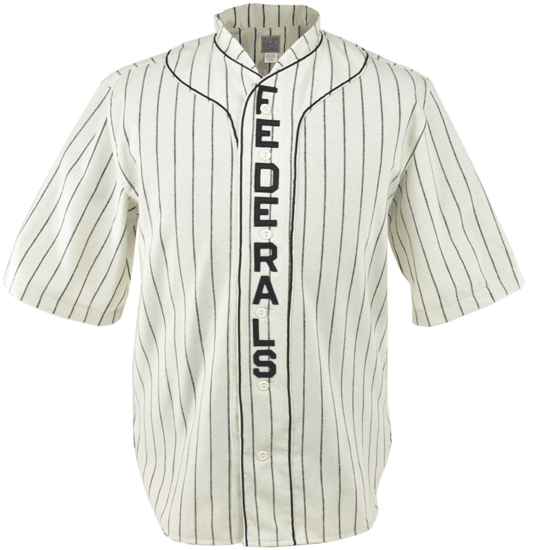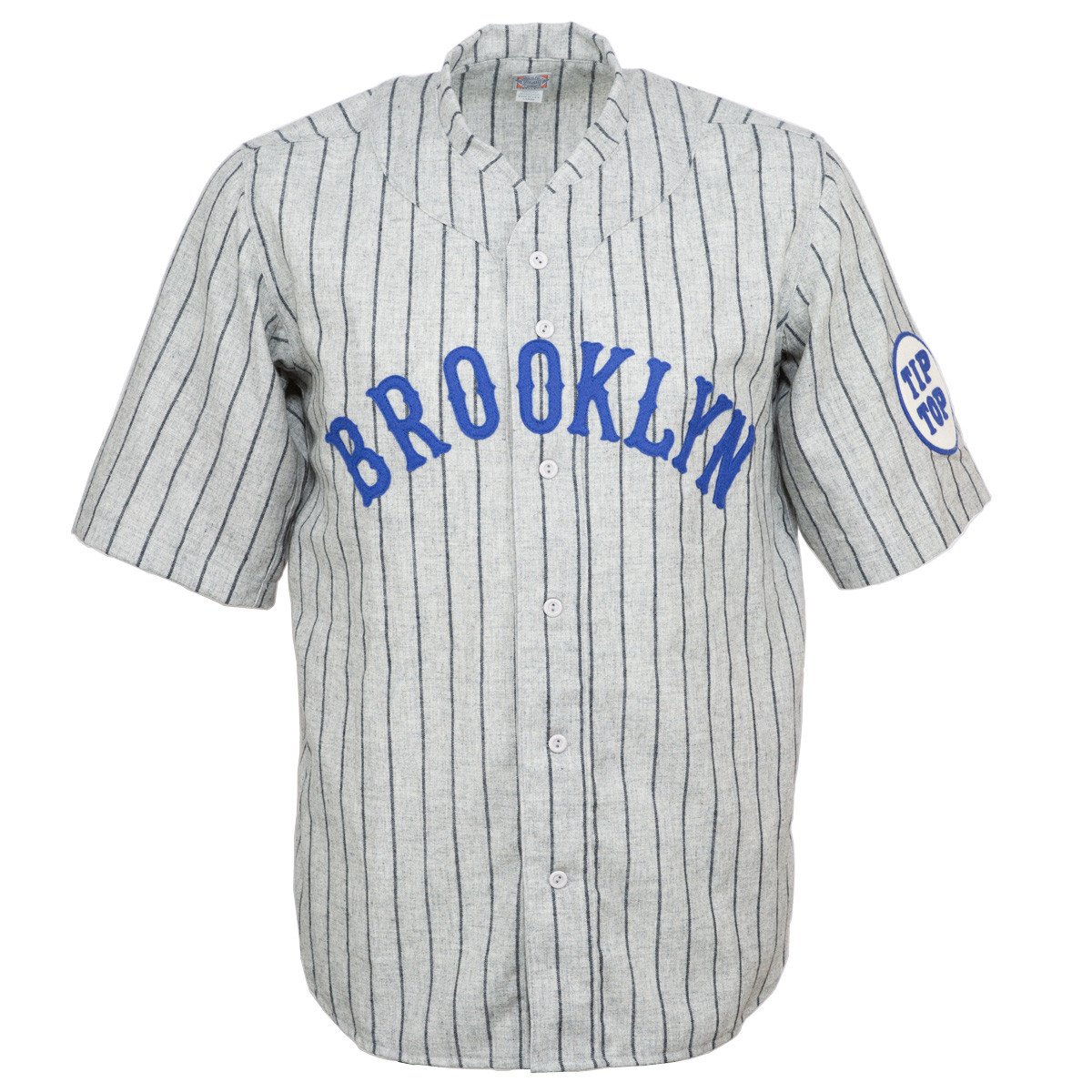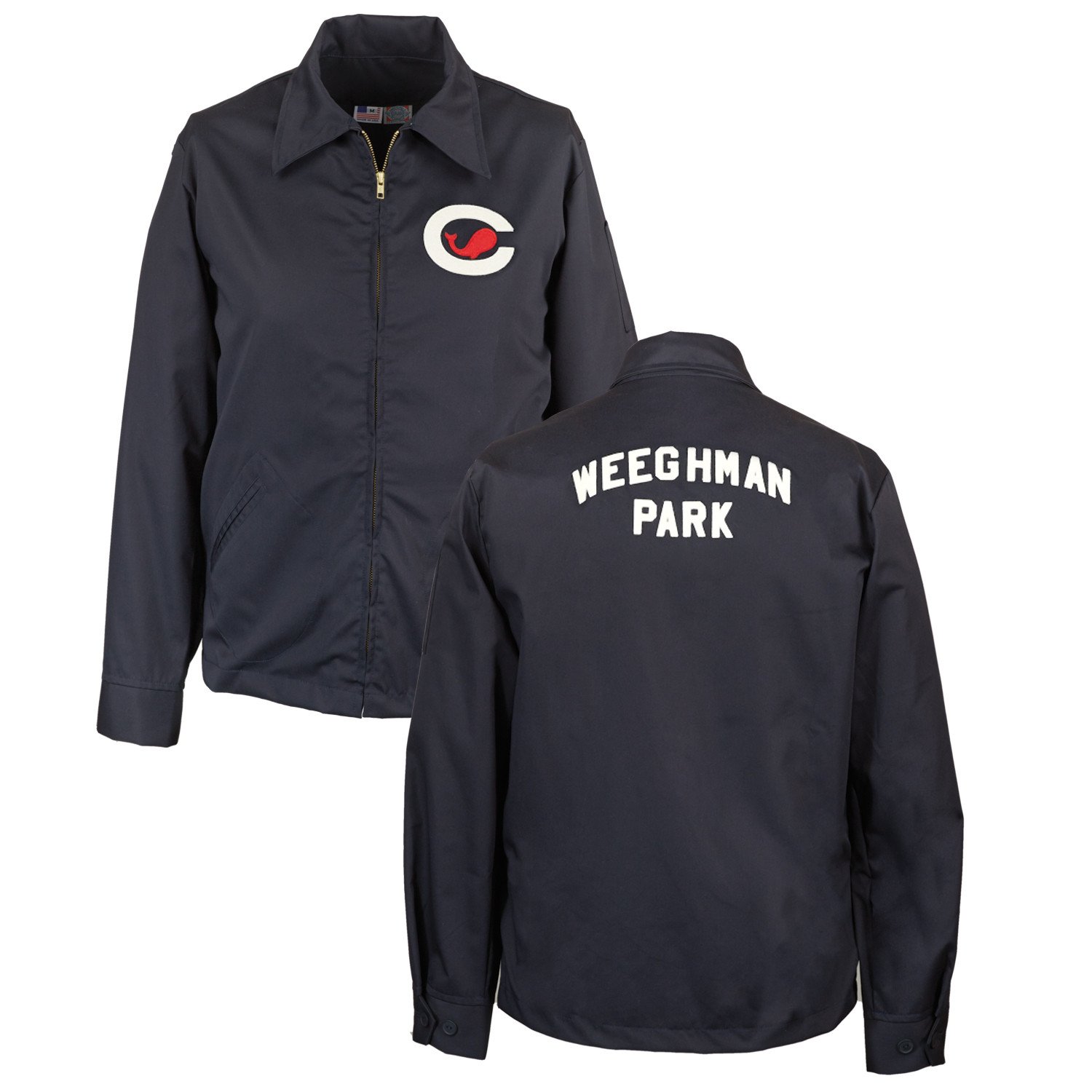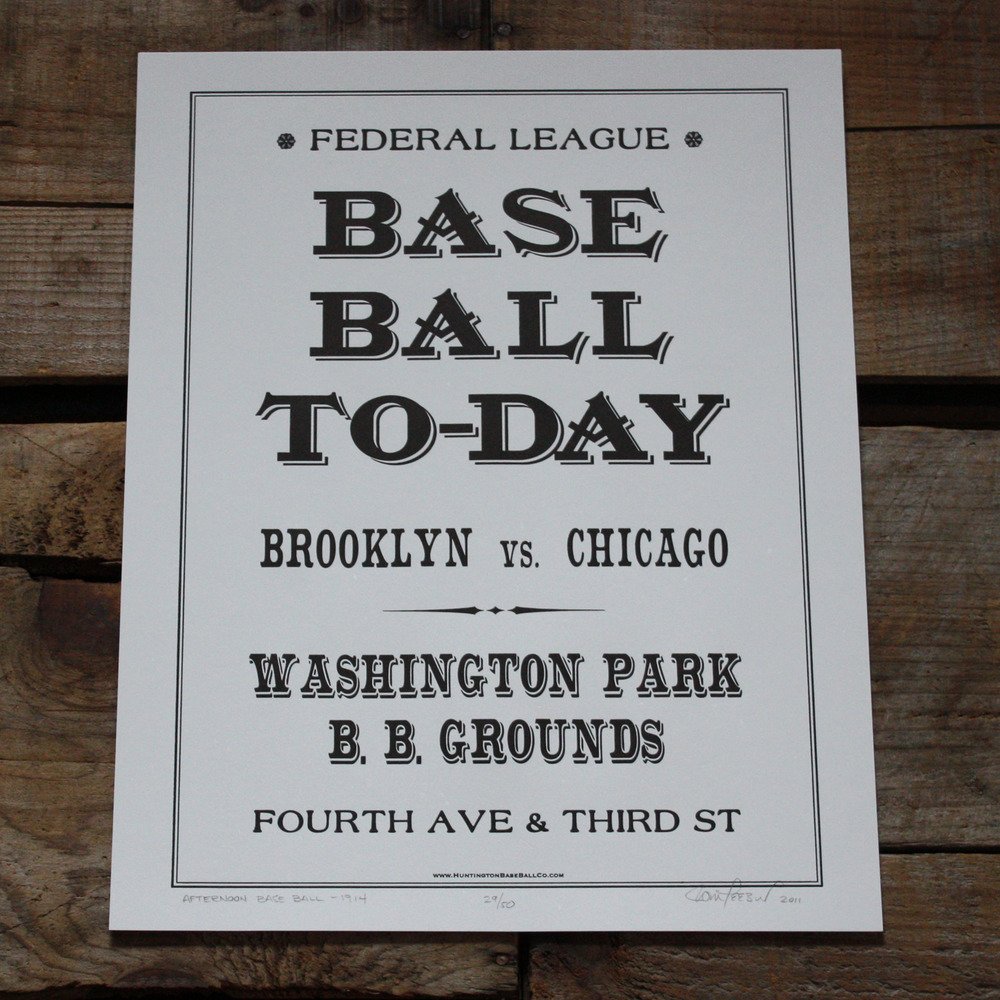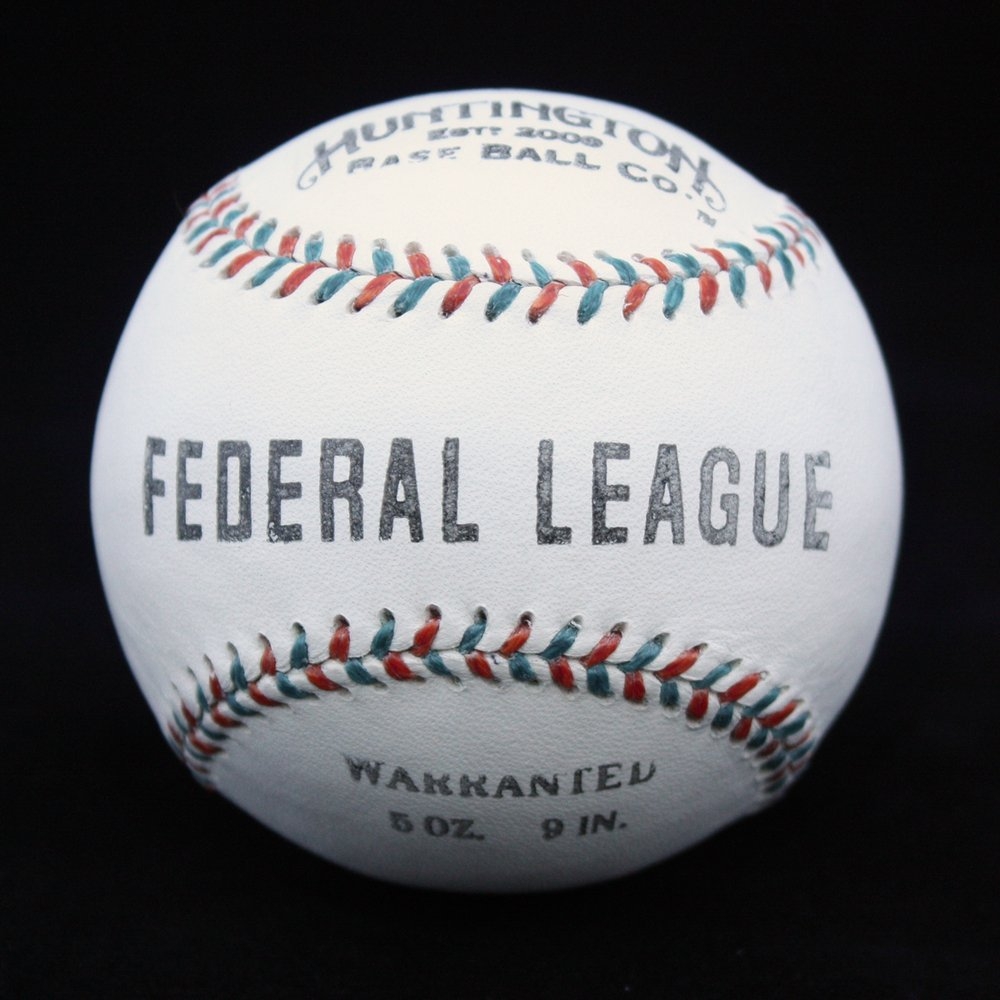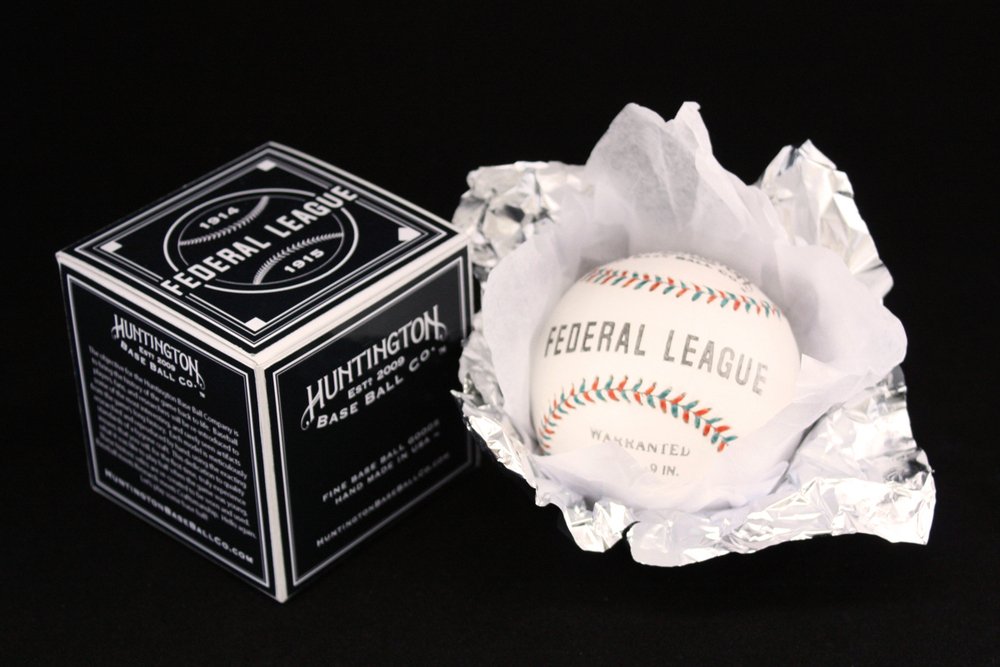In late 1913, the newly formed Federal League of Base Ball Clubs – more simply known as the “Federal League” – declared itself a third major professional baseball league in competition with the established circuits of organized baseball, the National and American Leagues.
Led by inveterate baseball promoter John T. Powers, and backed by some of America’s wealthiest merchants and industrialists, the Federal League posed a real challenge to baseball’s prevailing structure at the time – offering players the opportunity to avoid the restrictions of the organized leagues' oppressive and despised reserve clause. The competition of another, better-paying (though detractor-labeled “outlaw”) league caused players' salaries to skyrocket, and quickly demonstrated the bargaining potential of free agency for the first time – seeds first sown two decades earlier by the similarly-intentioned Players’ League in 1890.
For the next two seasons, NL and AL owners fought back furiously in the press, in the courts, and on the field – while the Federal League drew substantial fan attention with its high-quality play and superior stadia across its mix of directly competitive (Baltimore, Brooklyn, Chicago, Pittsburgh and St. Louis), and underserved (Buffalo, Indianapolis [later Newark, NJ], and Kansas City) markets.
After sustained behind-the-scenes interference by owners of the senior leagues, the Federal League folded after the 1915 season, but not without leaving lasting marks on America’s Pastime that still define the sport today – including a landmark federal lawsuit (Federal Baseball Club v. National League), in which the U.S. Supreme Court ultimately ruled that the Sherman Antitrust Act did not apply to Major League Baseball; and the construction of one of baseball’s most iconic and enduring stadiums (Chicago’s Wrigley Field), originally built for Charles Weeghman’s Federal League Chicago Whales.
Award-winning author Dan Levitt (The Outlaw League and the Battle That Forged Modern Baseball) joins the podcast to discuss the history and legacy of the last independent major league outside the established structure of professional baseball to make it to the playing field, and the last serious attempt to create a third major league until the abortive Continental League of 1960.
We love our sponsors Podfly, Audible and SportsHistoryCollectibles.com – and we know you will too!

